After a long month planning and many meetings, discussions and scheduling, we finally set our bags in the morning to visit village Charki, Adhaura, Kaimur, Bihar. This village is a tribal village between the forests and situated above Kaimur hills. The reason to visit this village needs a lighter introduction. We heard about this place from the management of Gopal Narayan Singh University, and their aim to enlighten the lives of people residing in this village. We planned market research to set up a skill training cum production house for Meesu which deals with woollen clothing and has a mission to employ women with knitting skills. But the mission here was a bit customized, the vision is to train more women and make them earn through that skill.
Coming out of the mission and vision of this visit, it was moreover a case study for me. Being a communication strategist, I peep into the location through my lens and I am writing this blog to let the issue come out in the light, more people join this mission and vision, or think about other such areas through their scope of development. So, if you are reading this blog, before proceeding it is my humble request to read it less like a report or a blog, rather as a piece of information or a case study that can help you to be the support or how you can perform from your side to change the lives, else be a helping hand in the mission we are moving. You can even spread the message and use your social media skills to let it reach the right person too.
Livelihood
During the journey, we found dense forests and small villages in the middle. The road has been constructed to some areas proceeding with Kaccha roads using mud but was sufficient for a four-wheeler to reach the place. Fewer vehicles run in the area, the least means of transport- a few buses run daily and the village is minimum 20 km away from Adhaura block which consists of a small market area. Indicating the fact that they need to travel 20 km even for their basic needs and requirements. To connect with the general population, these people have to travel 70 km. The houses are mostly the kaccha houses built with mud and wood, only few Kaccha brick constructions were visible at the place.
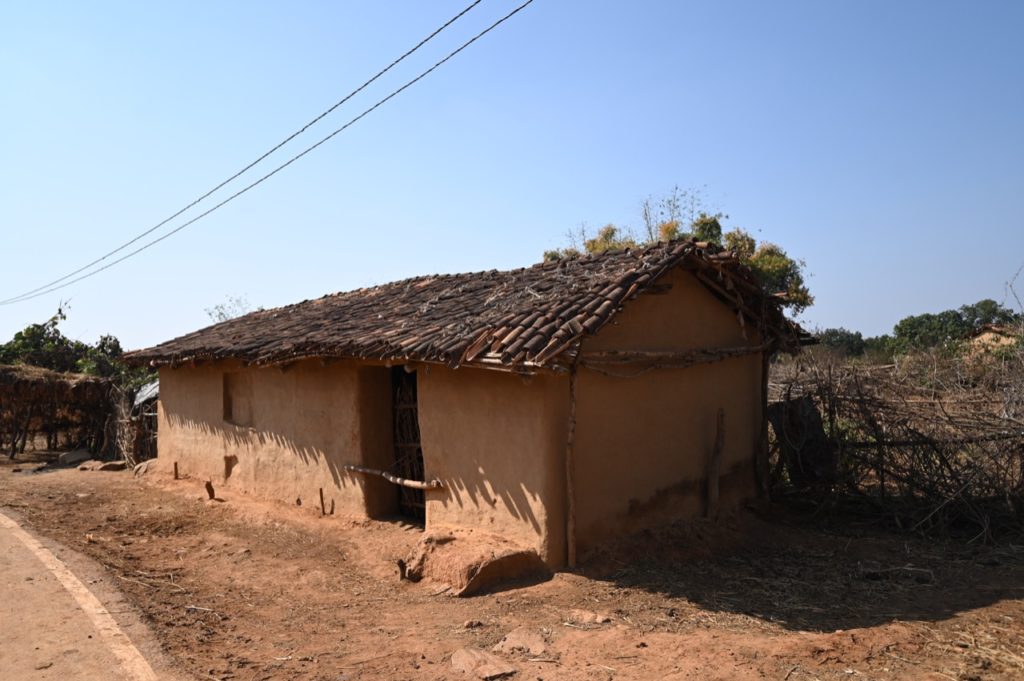
As we reached the place, I urgently looked for a washroom after this long trip. I connected with a girl nearby, she took me behind in an open field. I have had this experience before in a village near Rohtasgarh and facing this again, made me realize that if I felt uncomfortable for once, how these girls and women manage the same in their daily life.
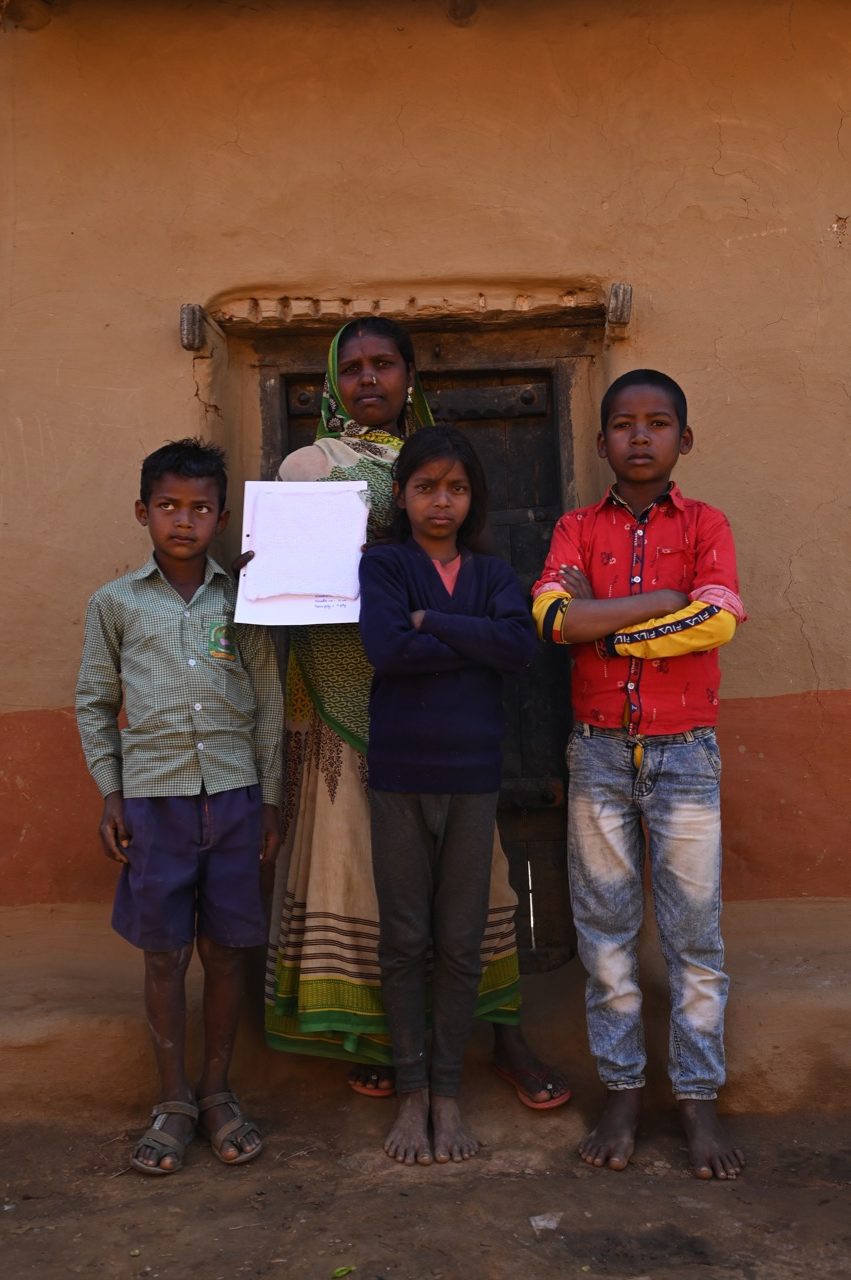
We were made to sit at a home which seemed to live a lifestyle better than others as they had a good number of lands, water supply at their home, washroom, their small diesel generator for the production of electricity and a family with some literate men and women. I met Suman there, the daughter of the family, nearly 17 years old completed her matriculation with first division. She is the youngest among her siblings. She has three elder brothers and sisters-in-law, a father, an ill old mother and little nephew-niece. She made me visit other houses to greet women and girls of the village. She guided me and we communicated a lot. Suman told me that a major part of the village depends on agriculture or labour to meet their financial needs.
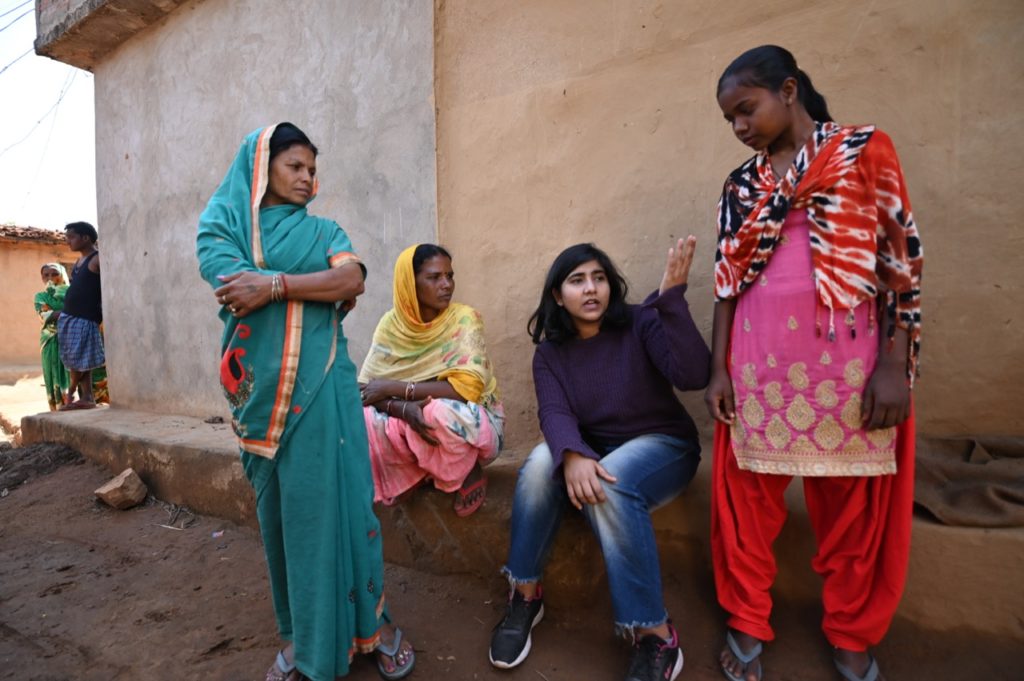
Resources
As I visited other women and walked through the lanes of the village, I asked Suman if we could connect after this meet because I knew there were no network connections at that place as our phones indicated the same some 50 km away. She asked me to drop my number. People connect from a BSNL number which hardly finds a connection at her place. For network, they walk towards a few zones to make any important call. Suman used to go to school but after lockdown, she found it impossible to resume her school and there’s a possibility that her parents could make her marry in a few months. I will be writing about my conversations with Suman on my social media posts because that helped me to study the psychological and physical condition of this place.
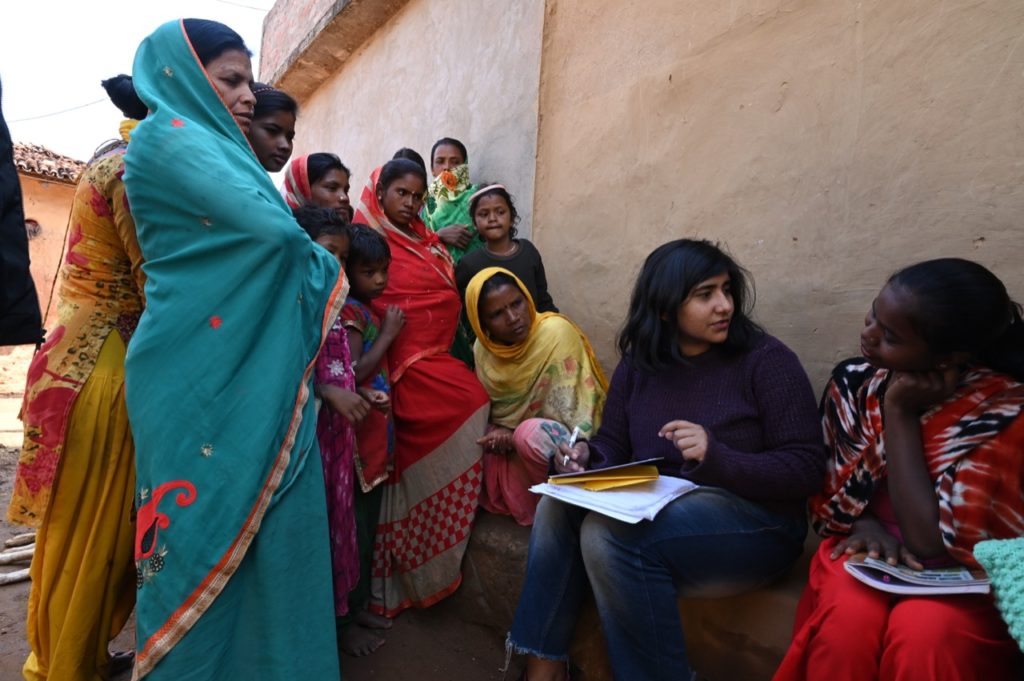
At first, we were looking for women who know knitting. Suman learnt knitting in her school, and she took me to Pushpa who shifted to Charki post-marriage and she learnt this skill from her parent’s place in Rajasthan. Due to unavailability of wool and distant market, Pushpa hardly knitted sweaters. I met Sunita, the young girl from Dehri who studied till class 8th from a CBSE school and appeared smart in understanding things. Sunita was recently married and she couldn’t resume her studies after marriage.
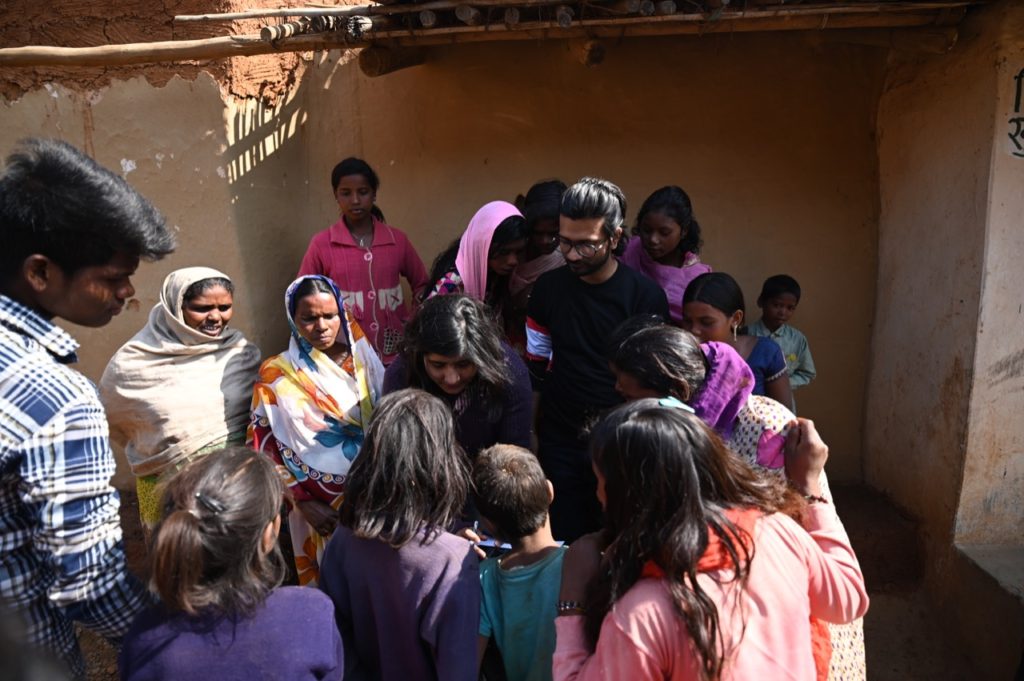
I found teenage boys who were active in sports, and one of them came to me with a list of girls who were willing to get trained. They interacted well with us and greeted us in a very welcoming way. After some time, a bunch of ladies accumulated near me, and started questioning. I found a tone of hesitation while initiating a talk, they were afraid in the start but as I walked towards them, the friendly gesture came out and they stood near us to communicate. I enjoyed talking to them, this was a different communication, a communication away from ac rooms, classrooms, meeting halls or among privileged class. Communication has taught me the importance of interaction and how it can solve many problems. We were interacting and maybe we helped the crowd take back something from that small flow of two-way information.
Connectivity
When we say communication, we can define it with various interactions in the group, inter or intra-cultural interactions, communication within the village or outside the village. The above information might have cleared how they are living inside the village. They are dependent on each other for food, there is hardly any flow of information from the outer world. The world here doesn’t symbolize the international, it talks about the world outside this small village. Until and unless, you have any medium to connect and communicate with the public or happenings outside, the development dearth and people miss out even basic amenities. They have no media to inform and be aware, no television in a single home. The reason is not just a shortage of finance, but absence of proper market and transport to carry such goods. Suman told me that her brothers have completed their intermediates but inappropriate connectivity from the outer world made their education useless. No job scopes in the area and less daily transport systems couldn’t fetch them jobs or we can blame that insufficient awareness has kept them unemployed.
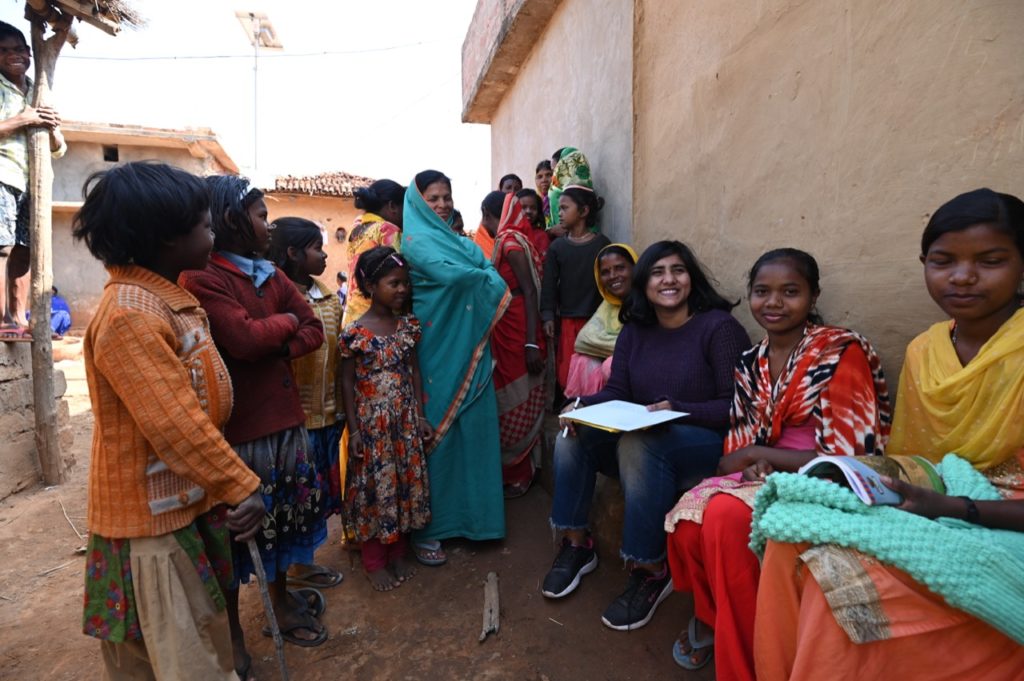
After spending 2 to 3 hours at the place and having a good lunch at Suman’s place, we supervised Suman and Pushpa to collect knit samples from various women which could help us know what level of training they need. The Meesu team gave samples for reference, wool and needle. The lack of connectivity made us appoint a contact person who travels once a week to Sasaram.

While moving out, we stopped at some 20-25 km away from where we found a market full of the local crowd. The market was a temporary gathering selling vegetables, snacks and even had boys playing some games. The market included jeeps with sound boxes, shouting about basic health facility camp. Advertisement and markets help a lot in development, I wish they add more connections with the outer world in the coming days.
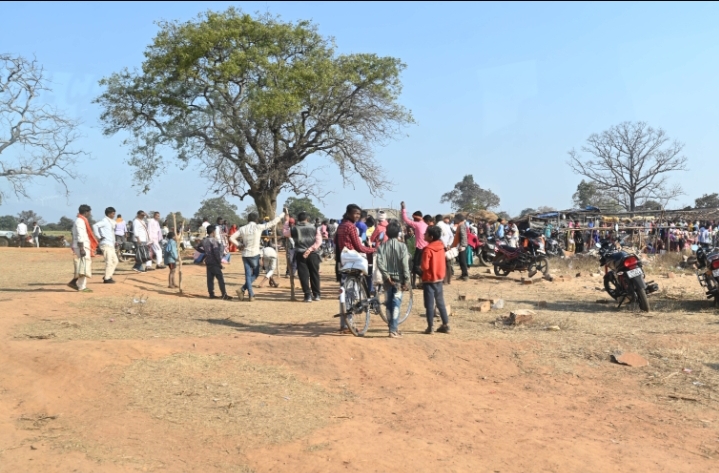
……………
I discussed my point of view on advertisements and markets to a person, he said advertisements spoil people, and they are still in the raw phase. I objected to him, I said excess to anything is bad but even marketing communication helps in a major development in various sectors like health, lifestyle, education, employment and skills. We are in a phase where we are overusing the media and compared to the state of this place, I would keep my opinion that lack of media is purely not a good state of any small area.
I will be updating the progress of this project on this blog and majorly on my social media. Even you can get connected to ‘meesu.in ‘ for keeping a view on the development of this project. We might update late, but we are striving our nerves to get to the vision intact, the process can time but will not be left incomplete. Stay tuned for more stories from this visit and future updates from the project. (Photos have been clicked by Avinash Jai dev and Ashish Kaushik )
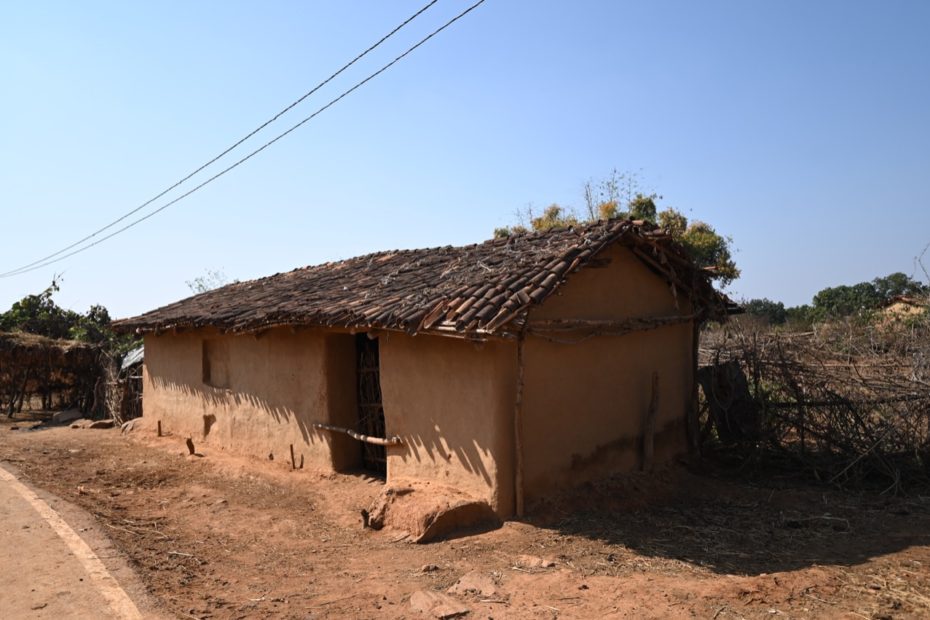
Great initiative Puja.
Mam! You’ve taken a great initiative which is very appreciable…. Hat’s off to you!
A appreciable initiative by the team. And everything about village is explained so clearly in the blog.
A appreciable initiative by the team. And everything is explained so clearly in the blog.
This story really brings me deep into the situation and lifestyle of the local people of Charki, But you guys bring some hope for these people especially to the woman & girls, I’m sure they will get great help in overall lifestyle after involving in developing skills and then using it for a good income.
Thanks to all of you, hope for a good change.
Great write up !!!!
I hope this teamwork will move forward and bring a bright change. As we say every tiny step matter. All the best.